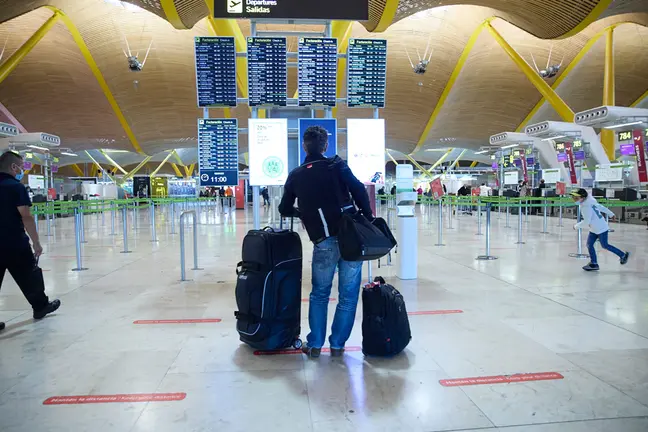The Finnish government announced on Wednesday morning the imminent reopening of the borders of the Uusimaa region (Helsinki and its surrounding municipalities), which had been closed since March 28 as a preventive measure against the expansion of the coronavirus (koronavirus, in Finnish).
At a press conference, Prime Minister Sanna Marin (SDP) explained that sealing Uusimaa cannot be justified anymore by the epidemic situation and by the declaration of a State of Emergency. Therefore, according to her explanation, there are no longer legal grounds for continuing the temporary restrictions on movement.
Marin was at the press conference accompanied by the interior and justice ministers, Maria Ohisalo (Green League) and Anna-Maija Henriksson (Swedish People's Party).
Infections and deaths increasing
The government's decision may seem to carry a double contradiction: it comes at a time when the number of infections and deaths reported by health authorities in the region of Uusimaa is increasing steadily. On the other hand, Marin orders to reopen the border, but says that the health situation remains serious and urges people not to travel.
"This is not the time to leave for your holiday cottage," she emphasized.
The latest figures on infections published by the National Institute for Health and Welfare (THL, in its Finnish acronym) illustrate the health situation within Uusimaa:
The region, and more specifically the city of Helsinki, remains the epicenter of the epidemic in Finland. Until Tuesday, 1,987 cases of Covid-19 had been found in the capital metropolitan area (1,117 in the city of Helsinki). This is 63% of the country's total (3,161 cases).
And it is 259 more infections in Uusimaa than last Friday (1,728), when Easter holiday started.
Of the 5 last deaths reported on Tuesday 14 April, 4 occurred in the Helsinki-Uusimaa region. And 43 of the 64 fatalities which occurred so far throughout the whole country (67% of the total) were also in the capital metropolitan area.
The Uusimaa region has recorded 18 more deaths in the last 5 days (the number of fatalities reported in this area by THL was 25 on Thursday 9 April and 43 on Tuesday 14 April).
The Helsinki-Uusimaa region also remains the region with the highest incidence of infections: 117.9 cases per 100,000 inhabitants, while the average for the whole country is 57 per 100,000 inhabitants.
 Image: Infections per 100,000 inhabitants in the different regions of Finland. Source: THL.
Image: Infections per 100,000 inhabitants in the different regions of Finland. Source: THL.
Restrictions lifted "immediately"
Despite those numbers, the Minister of the Interior Maria Ohisalo confirmed that travel restrictions will be lifted immediately.
Later, the Government issued a press release to detail that the Government will issue a decree to that effect at the government plenary session, which will begin on Wednesday at 13.00. "The decree will enter into force and the restrictions will be lifted immediately after the session," the release says.
Government insists that, in making this decision, they have "relied on the assessment of the Ministry of Social Affairs and Health and the Finnish Institute for Health and Welfare concerning the development of the epidemic."
In this sense, the Government explains that when the travel restrictions entered into force on 28 March, "Covid-19 incidence in the region of Uusimaa was increasing significantly faster than in the rest of the country. While Uusimaa still has the highest number of Covid-19 cases, the gap with the rest of the country has narrowed."
"The differences between municipalities in the number of cases are also noticeable and, to a large extent, do not reflect the regional boundaries. During the past week, the incidence in some hospital districts has been, in relative terms, as high or higher than in the Hospital District of Helsinki and Uusimaa," the Government says.
However, the Government continues to recommend that "all unnecessary travel, such as leisure travel, be avoided also in Finland. Other measures and restrictions to limit the epidemic and protect the population must also be continued and followed."











